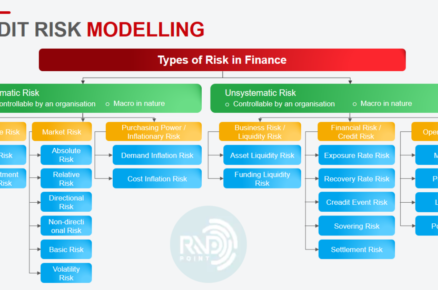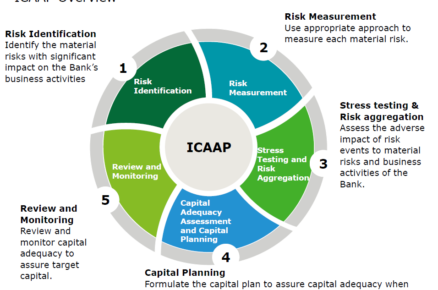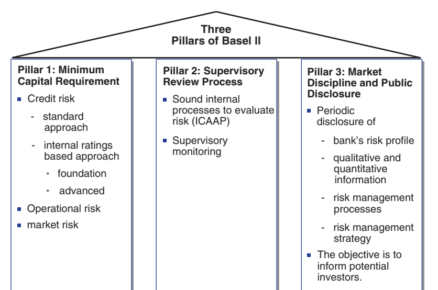Driving Financial Success in Healthcare Through Data Analytics
In the modern healthcare landscape, financial sustainability is just as critical as delivering quality patient care. For medical groups that own a chain of hospitals and clinics, leveraging data analytics is essential to optimizing operations, managing costs, and ultimately improving profitability. Every analysis, from patient care efficiency to hospital resource allocation, must tie back to the organization’s Profit and Loss (P&L) statement to ensure financial viability.
Key Performance Indicators (KPIs) in Healthcare Analytics
To effectively manage a hospital or clinic network, leaders must focus on data-driven KPIs that directly influence financial performance. Below are the core metrics that should be continuously monitored:
1. Patient Flow & Volume
- Admissions, Discharges, and Transfers (ADT): Tracks patient movement to optimize hospital capacity.
- Average Length of Stay (ALOS): Reducing ALOS without compromising care can increase bed turnover and revenue.
- Emergency Room (ER) Wait Times & Utilization: Long wait times lead to patient dissatisfaction and potential revenue loss.
- Appointment No-Show Rates: High rates indicate inefficiencies that lead to lost revenue.
2. Operational Efficiency
- Bed Occupancy Rate: Ensuring beds are optimally utilized to maximize revenue without overcrowding.
- Operating Room (OR) Utilization: Unused OR time is a direct financial loss; optimizing scheduling ensures better ROI.
- Supply Chain & Inventory Costs: Monitoring medical supply usage to reduce waste and control costs.
- Staff Productivity: Tracking provider and nurse workload to balance efficiency and burnout prevention.
3. Financial Health & Revenue Cycle
- Net Patient Revenue: Directly links to the hospital’s revenue stream and must be optimized through billing and collections.
- Revenue per Patient Visit: Measures profitability of services provided.
- Claim Denial Rate: High denial rates indicate revenue leakage that must be addressed through improved billing accuracy.
- Cost per Patient Visit: Lowering costs while maintaining quality care is critical for profitability.
4. Quality & Patient Outcomes
- Readmission Rates: High rates often result in financial penalties and reduced reimbursements.
- Patient Satisfaction Scores: Directly impact hospital reputation and reimbursement rates from value-based care models.
- Mortality & Infection Rates: Poor performance in these areas leads to regulatory fines and lower patient trust.
- Medication Errors: Reducing errors improves patient safety and minimizes legal and financial risks.
Linking KPIs to the P&L Statement
To truly leverage healthcare analytics, organizations must directly tie KPIs to their Profit and Loss (P&L) statement. Below are key financial components and how data analytics helps drive improvements:
- Revenue Enhancement
- Optimizing patient flow increases daily revenue by maximizing bed utilization and appointment efficiency.
- Predictive analytics on patient trends enables proactive scheduling and ensures steady cash flow.
- Improved billing and claims management reduces revenue loss from denied claims and delayed reimbursements.
- Cost Control & Reduction
- Reducing readmission rates lowers penalty costs and unnecessary resource consumption.
- Data-driven staffing models prevent overstaffing or understaffing, controlling labor costs.
- Inventory optimization prevents excess stockpiling, reducing wasted medical supplies.
- Profitability & Sustainability
- Analyzing service-line profitability ensures focus on high-margin procedures and treatments.
- Implementing dynamic pricing models for treatments based on demand and cost analysis boosts revenue.
- Telemedicine & remote monitoring analytics open new revenue streams and reduce infrastructure costs.
Implementing a Data-Driven Performance Management System
For hospitals and clinics to thrive financially, a structured approach to performance management is required:
- Centralized Data Platform: Integrate data from Electronic Health Records (EHR), financial systems, and operational reports.
- Real-Time Dashboards: Use BI tools to monitor key KPIs and provide actionable insights for leadership.
- AI & Machine Learning Applications: Predict trends in patient admissions, disease outbreaks, and resource needs.
- Cross-Functional Collaboration: Ensure finance, operations, and medical teams work together on data-driven decisions.
Conclusion: Making Data Analytics a Core Pillar of Healthcare Strategy
Data analytics is not just a tool for tracking performance—it is a strategic asset that drives financial sustainability in healthcare. By focusing on KPIs that influence profitability, cost efficiency, and revenue growth, medical groups can ensure their hospitals and clinics remain competitive while maintaining high-quality patient care.
In the end, healthcare is a business, and like any business, financial success is critical for long-term survival. Data analysts who bridge the gap between clinical care and financial performance will be the key to ensuring hospitals and clinics thrive in an increasingly challenging healthcare environment.




